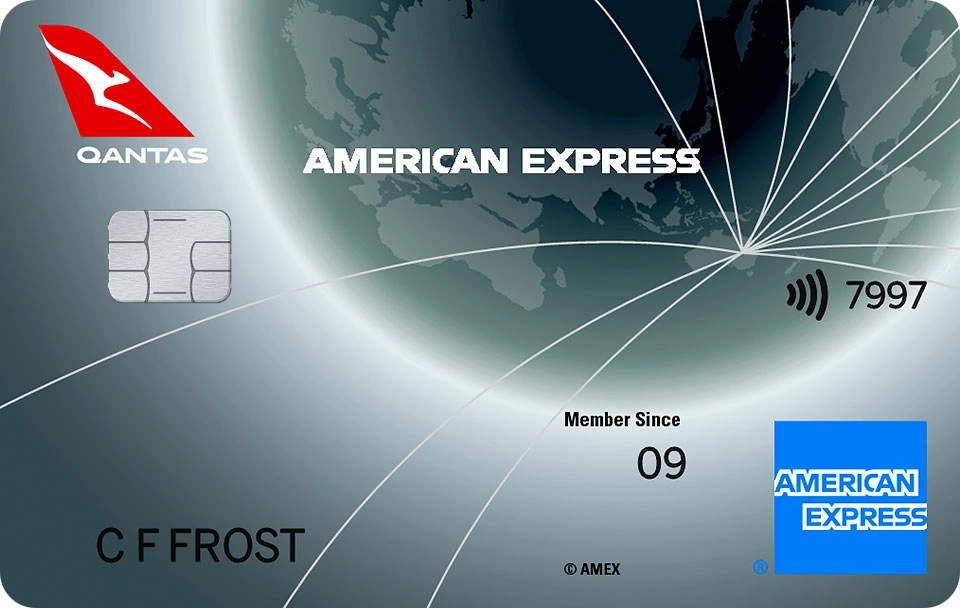Qantas’ Project Sunrise flights will mark the first non-stop routes from Australia’s east coast to the likes of London and New York. The launch remains a couple of years away, but the Roo is already planning exactly where and how it’ll make those voyages. Airspace closures, high winds and geopolitics are just some of the challenges to navigate.
Even with careful planning, unexpected events can throw a spanner into the works. Back in April, Qantas had to rejig its Perth-London flights – reportedly in light of a possible attack on Israel by Iran. That move saw the airline temporarily adding a Singapore detour to those London-bound legs to take on additional fuel. Of course, that extra fuel was needed, given the longer flying times incurred as a result of that shift.
For Project Sunrise, Qantas’ Airbus A350-1000ULR fleet will carry an extra fuel tank, which regulators recently approved. But Project Sunrise is more than just an extra tank. A lot of other planning is going into what will become the world’s longest flights.
Speaking on the sidelines of the IATA AGM in Dubai, two of Qantas’ most senior executives share some insight. At this by-invitation briefing, we hear from Vanessa Hudson, CEO and Managing Director of Qantas Group, and Cam Wallace, CEO of Qantas International and Freight.
- Sign-up Bonus: 100,000 bonus Qantas Points
- Rewards Earn Rate: 1.25 Qantas Points earned per $1 on eligible everyday purchases. 2.25 Qantas Points per $1 spent on selected Qantas products and services in Australia. 0.5 Qantas Point per $1 at government bodies in Australia. After a total of 100,000 Qantas Points is earned in a calendar year, the everyday earn rate will change from 1.25 to 1 Qantas Point per $1 spent..
- Annual Fee: $450 p.a.
- Offer expires: 18 March 2025
The Qantas American Express Ultimate Card has 100,000 bonus Qantas Points on offer for new American Express Card Members who apply by 18 March 2025. It’s one of the highest-earning Qantas Point cards and comes with a $450 Qantas Travel Credit each year plus a range of premium travel benefits. Eligibility criteria, minimum spend and T&Cs apply. New Card Members only.
Keeping Qantas’ Project Sunrise flights running non-stop
‘We are very fortunate to have an in-house flight planning system,’ Wallace shares. When it comes to Project Sunrise, Qantas ‘keeps looking at the different regions of the world, the ways we can get from A to B.’ Even though these ultra-long flights are a couple of years away, the airline is already simulating the paths they would take.
Qantas’ teams are running calculations just as though ‘we had the aircraft today,’ Hudson elaborates. The airline continues to examine ‘the most optimal routes that we would fly today based on wind direction, and minimising, obviously, fuel.’
‘The team are now using this system to continuously develop data around the most optimal (flight paths),’ Hudson adds. The head-start gives Qantas a plethora of data to play with. Ultimately, it’ll help the Roo decide not only which paths to take in the air but whether any other measures are needed as well.
One consideration Qantas could face is whether to ‘weight limit’ its Sunrise flights at certain times of the year. That is, to carry fewer passengers or less cargo in order to burn less fuel on specific flights where more fuel may be needed than usual. The airline already observes this practice on some of its international routes—often during times of heavy wind. By making those decisions early, Qantas can help avoid passenger disruptions and diversions.
‘We are confident that (with) the aircraft and (its) range, we can develop the right flight planning,’ Wallace says. ‘Not only the premium flight planning,’ being the most cost-effective paths, ‘but also alternatives to make it work economically,’ where a Plan B is needed.
Sydney first, Melbourne second for Project Sunrise
Qantas aims to offer direct flights to New York and London from both Sydney and Melbourne. But which route is the frontrunner for Qantas’ first Sunrise service? Wallace has a hint. ‘In terms of our city pairs that we’ll be launching first, it’ll be either Sydney-London or Sydney-New York.’
Interestingly, when it comes to New York, Sydney is almost 700km closer to The Big Apple than Melbourne. But with London, the route direct from Melbourne is around 112km shorter than from Sydney. Of these four combinations, the Sydney-London legs are the longest, measuring 17,015km (10,573 miles) non-stop by great-circle distance.
‘We want to be famous for being the long-haul (and) ultra-long-haul nonstop leader,’ Wallace continues. ‘We’re very confident about the proposition’ of Project Sunrise. ‘We’ve now got (many) 15-plus-hour city pairs on a nonstop basis, and those are in the top echelon of our best-performing routes.’ Wallace cites Perth-London, Perth-Rome, Melbourne-Dallas and Auckland-JFK as among the airline’s strongest performers.
‘We remain very committed to the program and probably more confident than we’ve ever been in terms of people’s propensity to want that kind of service,’ Wallace adds. Hudson shares that Sunrise ‘is the opportunity for the Qantas Group to use our geographic distance, our home market strength (and) our expertise in long-haul travel to really chart what we think is a competitive advantage.’
As for the Airbus A350-1000ULR that will make Qantas’ Sunrise flights possible, ‘we’re working very closely with Airbus,’ Hudson says. The first of those jets is due to arrive in Qantas colours ‘from the middle of 2026.’ At that point, the world will feel just that little bit smaller, with practically no non-stop flight off-limits.
Also read: Tips for travelling on the world’s longest flights
Feature image courtesy of Qantas. Chris Chamberlin attended the IATA AGM in Dubai as a guest of IATA.
Stay up to date with the latest news, reviews and guides by subscribing to Point Hacks’ email newsletter.


Community